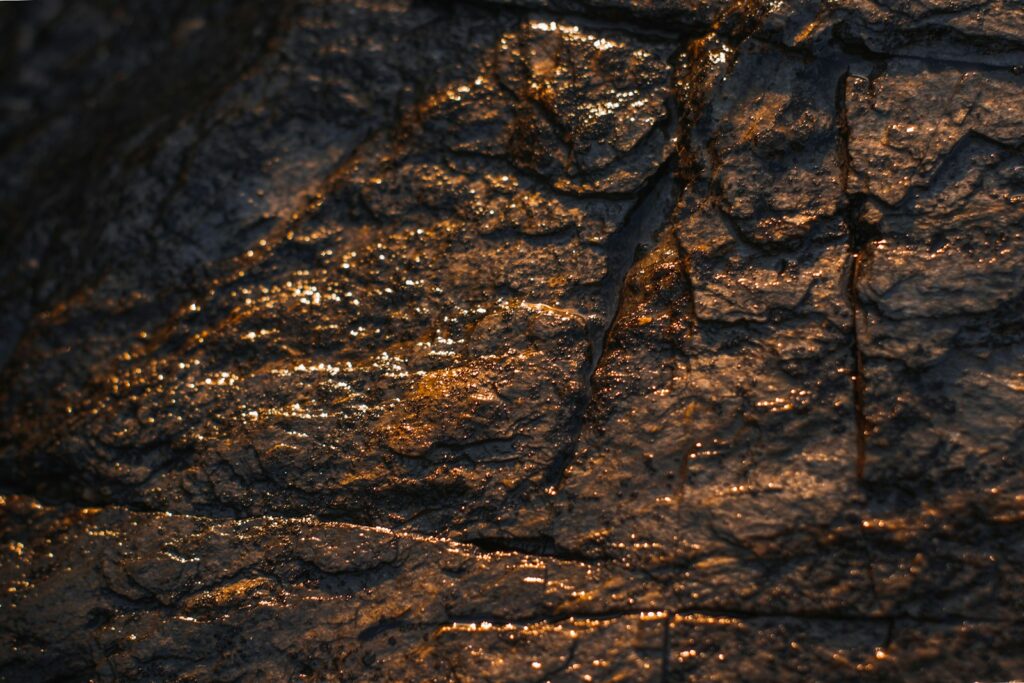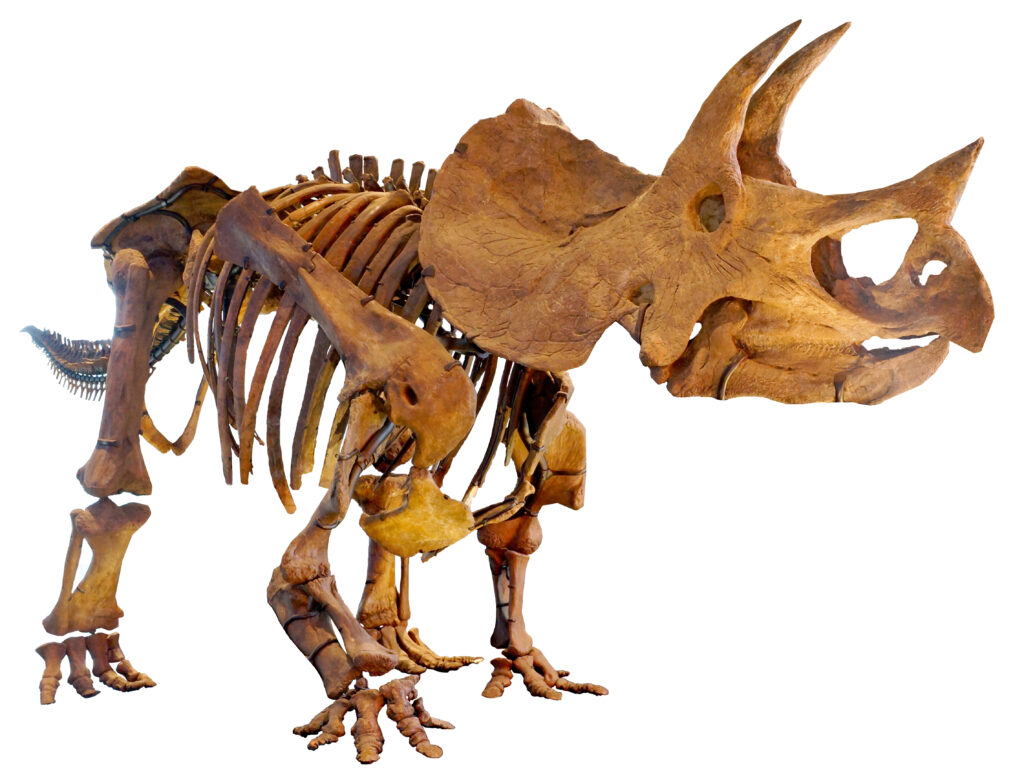Imagine if someone told you that the pigeon pecking at breadcrumbs outside your window shares DNA with the fearsome Tyrannosaurus rex. Or that the alligator lurking in a Florida swamp is actually a living cousin of ancient giants that once ruled the Earth. While we often think of dinosaurs as creatures from a lost world, the truth is far more fascinating.
You might be surprised to discover that dinosaurs never truly went extinct. They simply changed, adapted, and evolved into forms so familiar that we often pass them by without a second glance. These modern survivors carry the genetic legacy of their prehistoric ancestors, bridging millions of years of evolution in ways that would astonish even the most seasoned paleontologist. Let’s dive into the secret world of these living dinosaur descendants.
Birds: The Ultimate Dinosaur Descendants

Here’s the most shocking revelation that changed paleontology forever: birds aren’t just related to dinosaurs. They are, in fact, living theropod dinosaurs. Modern birds descended from a group of two-legged dinosaurs known as theropods, whose members include the towering Tyrannosaurus rex and the smaller velociraptors.
This isn’t some distant evolutionary connection either. The humble pigeon is a descendant of the group of dinosaurs that also includes the mighty Tyrannosaurus rex. The origin of modern birds from animals similar to Tyrannosaurus rex is among the most remarkable examples of an evolutionary transition. Scientists have discovered that the process involved remarkable physical transformations, with birds resembling tiny, infantile dinosaurs that can reproduce.
The evidence for this connection goes far beyond mere speculation. Fossils of more than thirty species of non-avian dinosaur with preserved feathers have been collected. Many features previously thought to be exclusively avian – from feathers to a wishbone – have now been discovered in the immediate dinosaur predecessor of birds.
Crocodilians: Ancient Archosaur Survivors
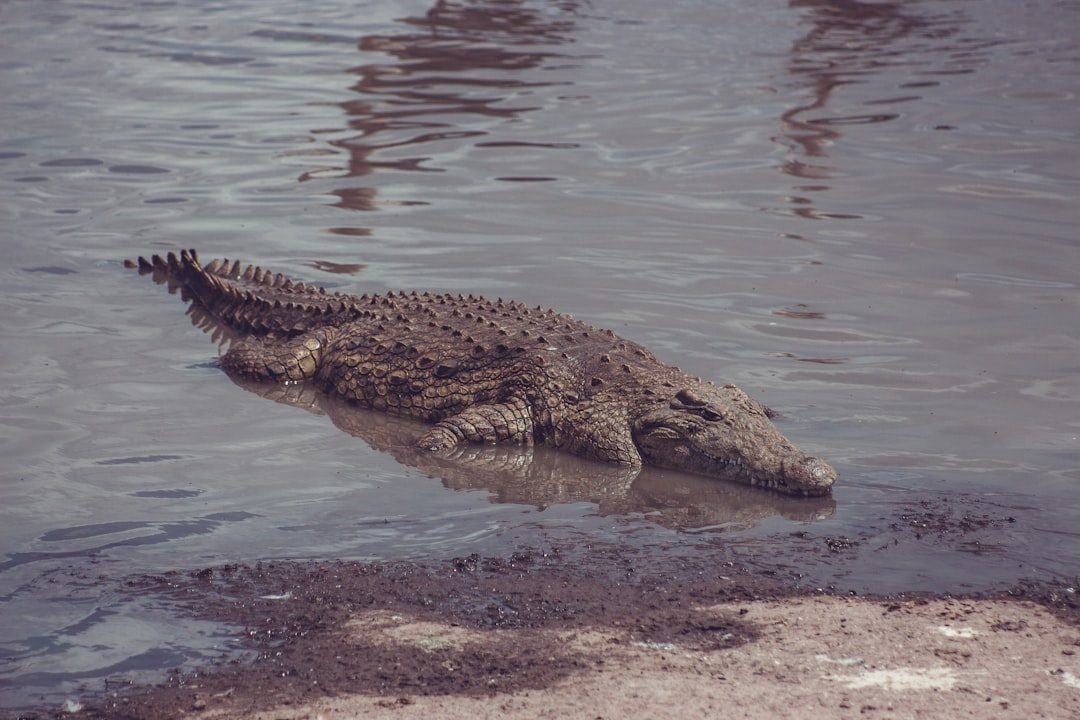
Crocodilians (alligators, caimans, crocodiles, and gharials) are the closest living relatives of all birds. While they’re not dinosaurs themselves, they share something remarkable with them: a common ancestry through a group called archosaurs. Modern paleontologists define Archosauria as a crown group that includes the most recent common ancestor of living birds and crocodilians, and all of its descendants.
While crocodilians diverged from birds more than 240 million years ago, animals with morphology unambiguously similar to the extant crocodilian families first appear in the fossil record between 80 and 90 million years ago. What makes crocodilians truly fascinating is their incredible stability. The modern-day crocodiles and alligators have evolved very little since the Cretaceous period that existed more than 100 million years ago.
These “living fossils” have remained virtually unchanged for good reason. They evolved a body type that was suitable for their survival, and it obviously worked since they have well-outlived dinosaurs. Their success story spans an incredible timeline, with crocodilians being on the planet for about 240 million years.
Chickens: Backyard Dinosaurs in Disguise
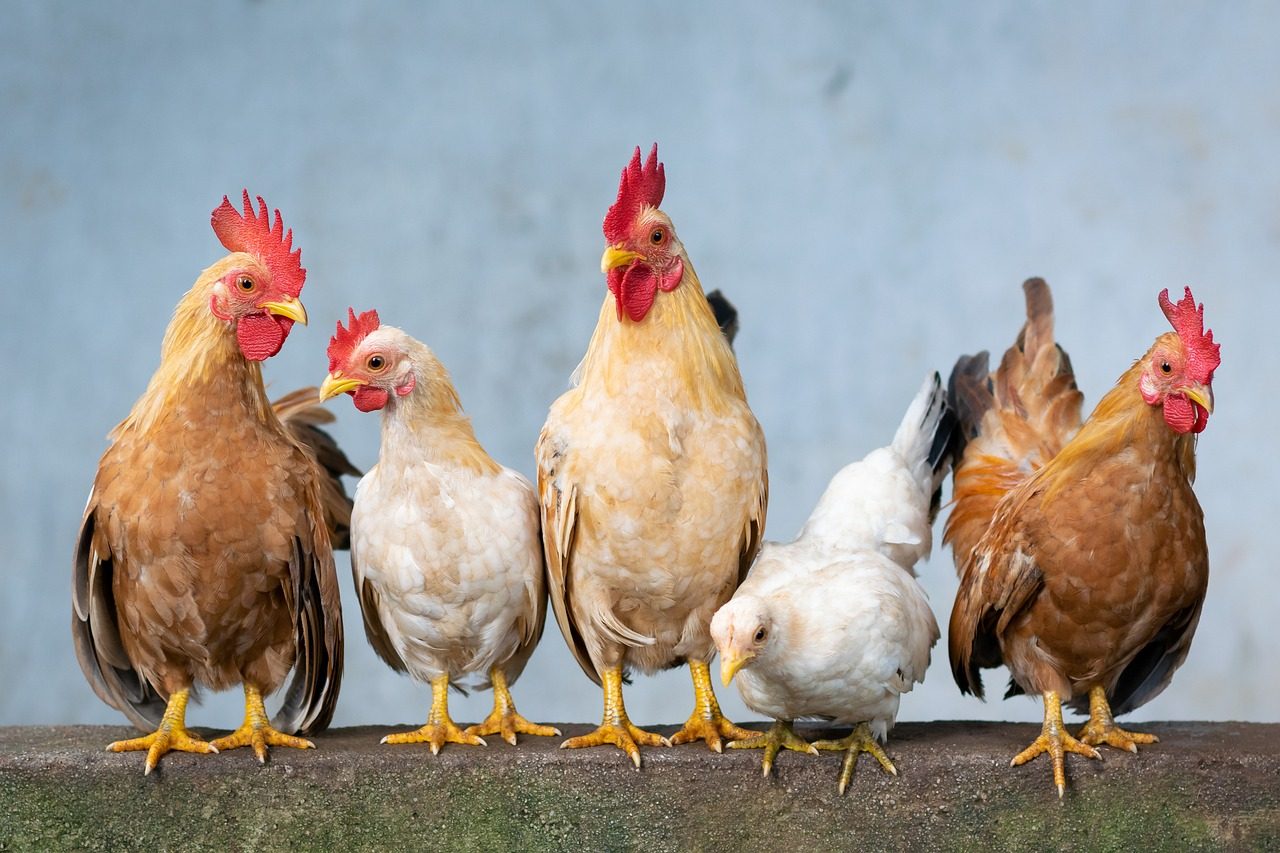
Your morning eggs come from creatures that would make a paleontologist’s heart race. Fossil studies have found that the mighty T-rex actually shares quite a considerable amount of DNA with modern-day chickens and, by extension, all birds. This means that every time you watch chickens pecking around a farmyard, you’re essentially observing miniature descendants of some of the most fearsome predators that ever lived.
The connection goes deeper than just shared genetics. All the modern-day birds have evolved from a family of dinosaurs called the theropods. These families of dinosaurs include some of the most feared predatory dinosaurs like the T. Rex and the Coelophysis. Chickens retain many dinosaur characteristics that we often overlook: their scaly legs, their aggressive pecking behavior, and even their bone structure mirror their ancient ancestors.
What’s particularly fascinating is how chickens display behaviors that echo their predatory past. Watch a chicken chase down a bug or small creature, and you’ll witness hunting instincts that have been refined over millions of years of evolution, directly inherited from their theropod ancestors.
Sharks: Prehistoric Predators of the Deep
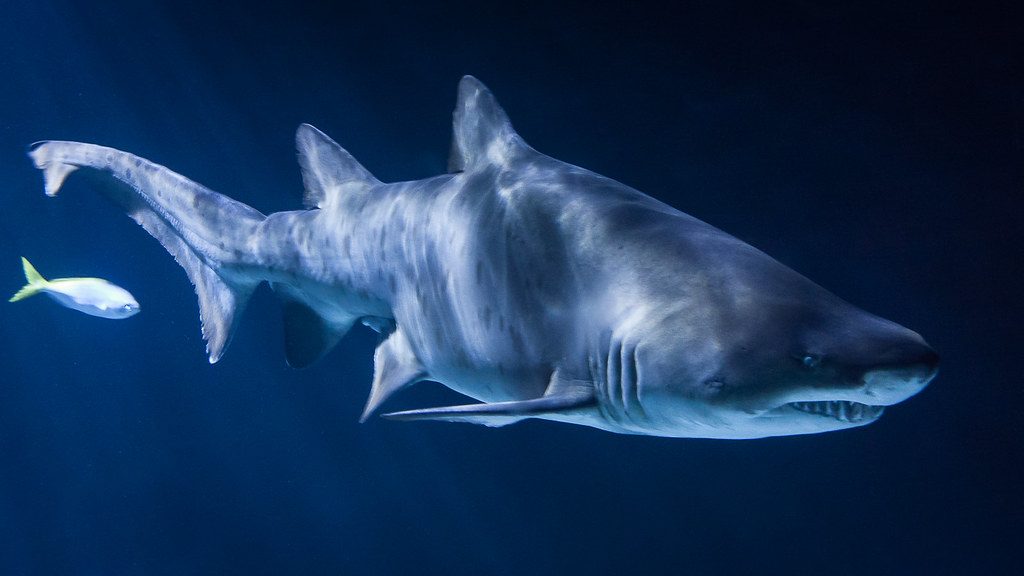
Sharks may not look like your typical dinosaur, but these iconic creatures of the deep have been around longer than almost any other animal on the planet – over 450 million years to be exact. That means, the sharks we know and love today are descended from creatures that were around millions of years before dinosaurs were even a concept.
While sharks aren’t dinosaurs, their evolutionary timeline makes them even more ancient. The earliest sharks first emerged around 450 million years ago, with modern sharks first appearing around 100 million years ago. Today’s sharks are descended from relatives that swam alongside dinosaurs in prehistoric times. They successfully navigated through multiple mass extinction events that wiped out the dinosaurs entirely.
The most remarkable aspect of shark evolution is their incredible consistency. These oceanic predators that haunt your nightmares have been in the oceans for about 450 million years – well before dinosaurs even arrived on the scene, and they’ve survived four of the five big extinction events! During the age of dinosaurs, however, they weren’t always the apex predators we know today, as during the Cretaceous period, they were likely prey to the immense Spinosaurus aegyptiacus.
Turtles: Shelled Survivors from Ancient Times
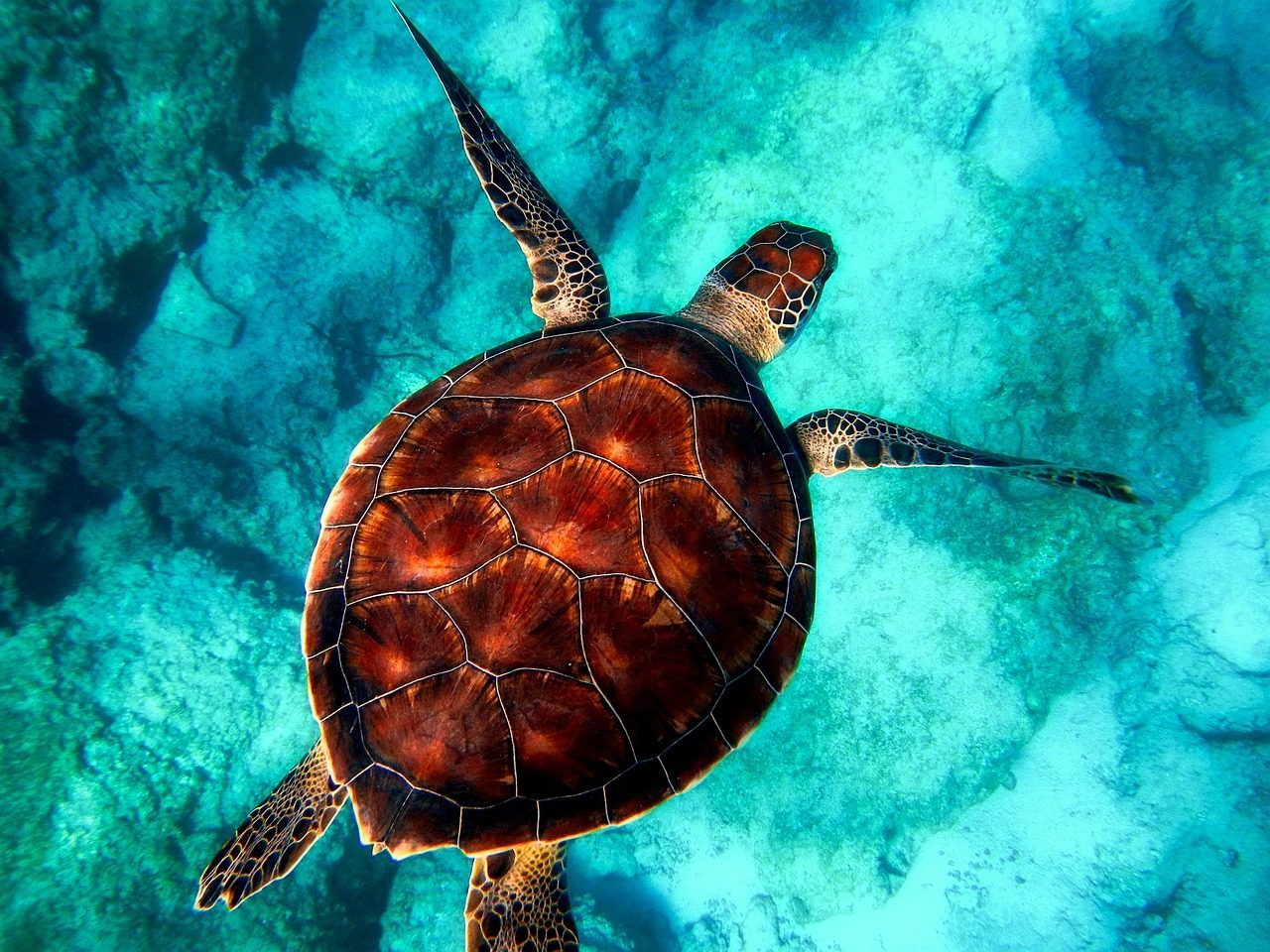
Recent studies have shown that turtles belong in the group Archelosauria, along with relatives like birds, crocodiles, and – you guessed it – dinosaurs. This places turtles firmly within the extended dinosaur family tree, making them more closely related to dinosaurs than many people realize.
Sea turtles have an especially impressive prehistoric pedigree. All seven sea turtle species can follow their family line back to ancient times, with the modern Leatherback Sea Turtle the only survivor of the Dermochelyidae family. They developed alongside dinosaurs, emerging as a distinct type of turtle about 110 million years ago. The seven species of sea turtle still around today all have ancient origins, but the most impressive turtle of all time is probably the Archelon.
The ancient turtle giants were truly massive. Living about 80 million years ago, the Archelon was over four metres long and was almost five metres wide from flipper to flipper. A grown man could easily fit inside its shell. The complete skeleton of the shelled creature measures about 6.5 feet long (compared to about 6 feet for Leatherback Sea Turtles).
Cassowaries: Living Dinosaur Lookalikes
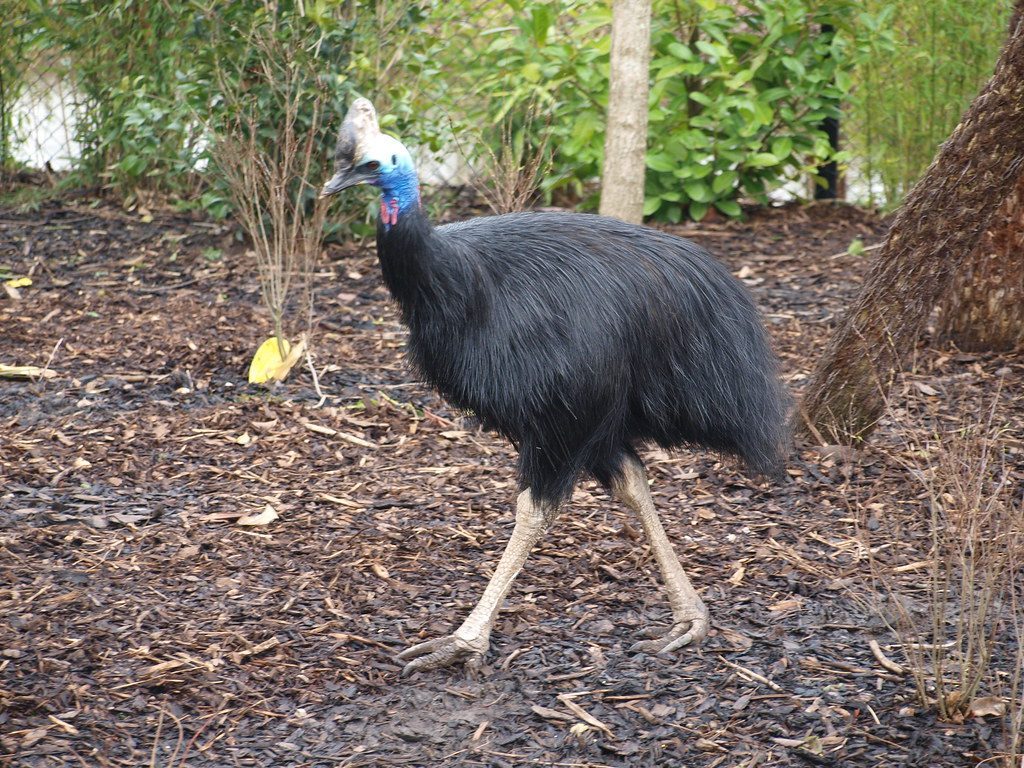
The cassowary, found in New Guinea and Australia, is one of the largest bird species and is related to ostriches and emus. It is also one of the birds that looks closest to what some dinosaurs might have looked like. These magnificent birds are perhaps the most dinosaur-like creatures you can encounter in the modern world.
Cassowaries, like other birds, are descendants of theropods, which survived mass extinction 66 million years ago. Cassowaries share several characteristics with dinosaurs. They have three toes on their feet and a horn-like casque similar to many dinosaurs. Their impressive size, reaching up to six feet tall and weighing over 100 pounds, gives them a truly prehistoric appearance.
Cassowaries even sound like dinosaurs. They can make a large, booming roar. Their behavior is equally dinosaur-like – they’re territorial, potentially dangerous, and possess powerful legs capable of delivering devastating kicks. The cassowary’s helmet-like casque and vibrant coloring make it seem like a creature that stepped directly out of the Mesozoic Era.
Tuataras: New Zealand’s Living Fossils
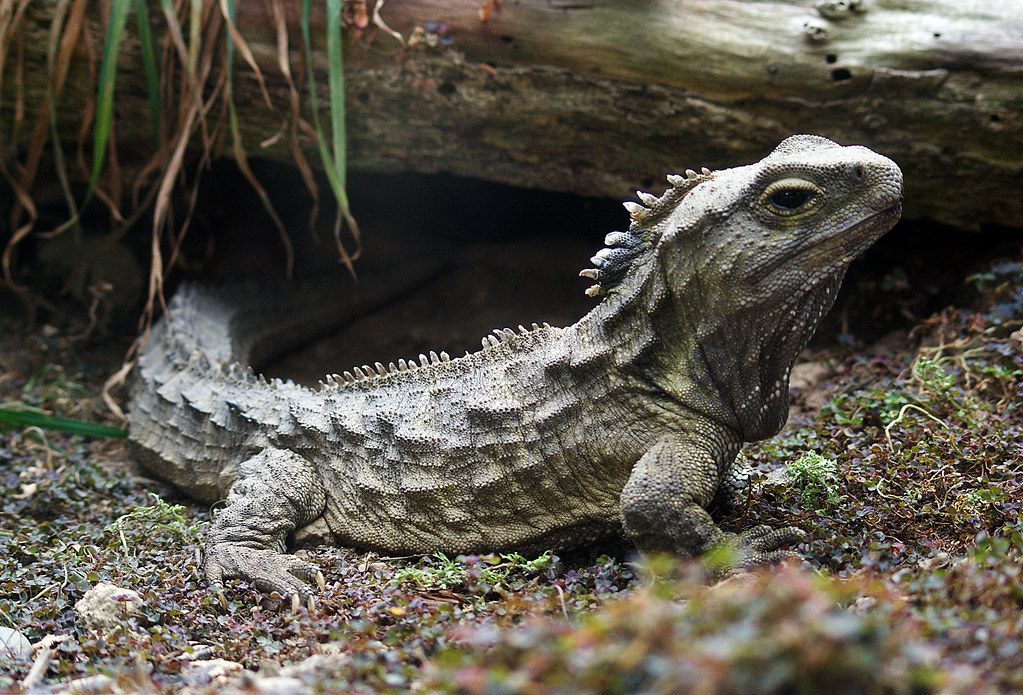
The tuatara, a reptile species found only in New Zealand, originated during the Triassic period, so it has literally been around since the time of dinosaurs. Many people consider the tuatara to be a living fossil. There are two species of tuatara on Earth. In fact, tuataras are the only surviving member of a group of animals in the order Sphenodontia.
What makes tuataras extraordinary is their unique evolutionary position. Not really a lizard, nor a dinosaur: the last surviving species of its kind, the tuatara still exists today and can be found only in New Zealand. Tuatara lived alongside some of the first dinosaurs and separated from other reptiles 200 million years ago in the Upper Triassic period. This makes them incredibly ancient survivors with direct ties to the age of dinosaurs.
Today, there is one living sphenodontian — the tuatara, which lives in New Zealand. The tuatara (Sphenodon punctatus) is the only surviving species of an order that flourished 200 million years ago in New Zealand. Their appearance supports their ancient heritage, with dark green scales, spiny backs and large, black eyes.
Platypus: Monotreme Marvels from the Mesozoic
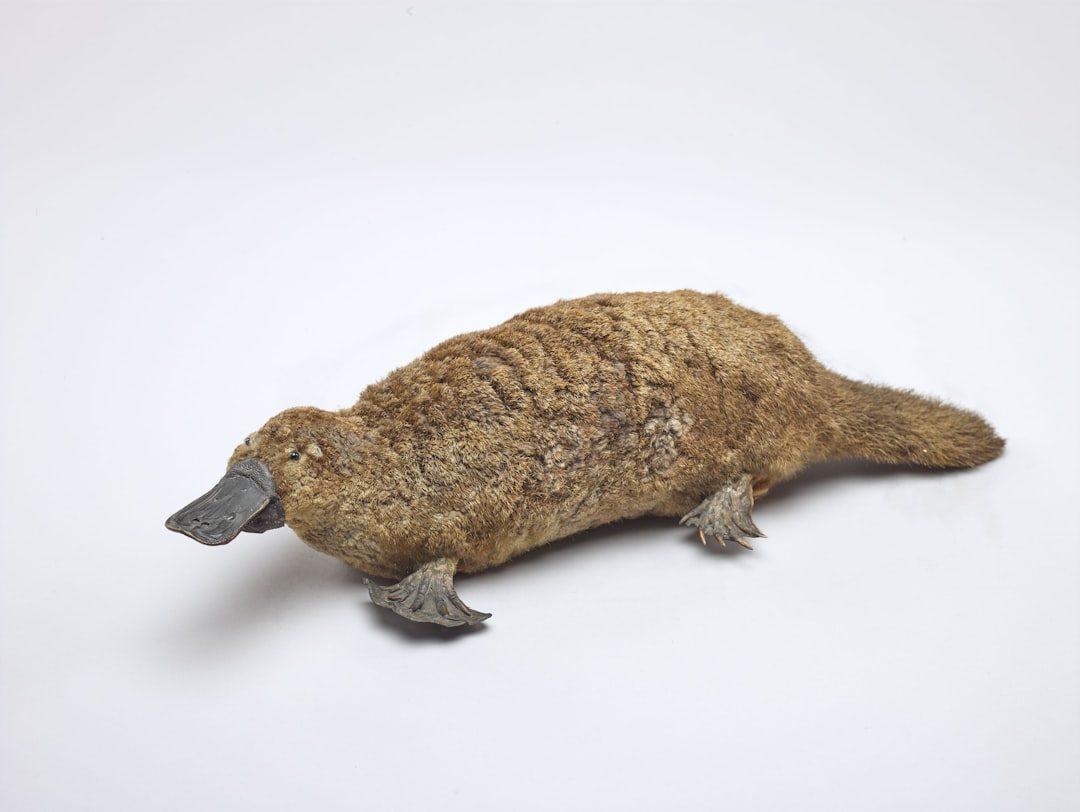
The duck-billed platypus is one of the only two remaining species of monotreme (egg-laying mammals), a group that dates back 210 million years ago to the Triassic period. In 2008, scientists discovered that the platypuses have actually lived during the Jurassic period. They existed around the same time as echidnas (which are still alive today), when mammals were becoming fairly common in existence.
The platypus represents an incredible evolutionary success story. The platypus and four species of echidna are the only living, egg-laying mammals (monotremes) that have survived since the dinosaur age. The modern duck-billed platypus is descended from monotreme ancestors that lived around 120 million years ago during the Early Cretaceous period. They may seem unusual today, but their ancient lineage means they have outlasted many other mammal lineages.
Their bizarre combination of features – duck bill, beaver tail, venomous spurs, and egg-laying reproduction – reflects their ancient evolutionary origins. A true symbol of nature’s countless mixtures, the duck-billed platypus lays eggs, produces venom, and can spot prey in murky waters thanks to a sense of electroporation.
Horseshoe Crabs: Ancient Arthropod Survivors
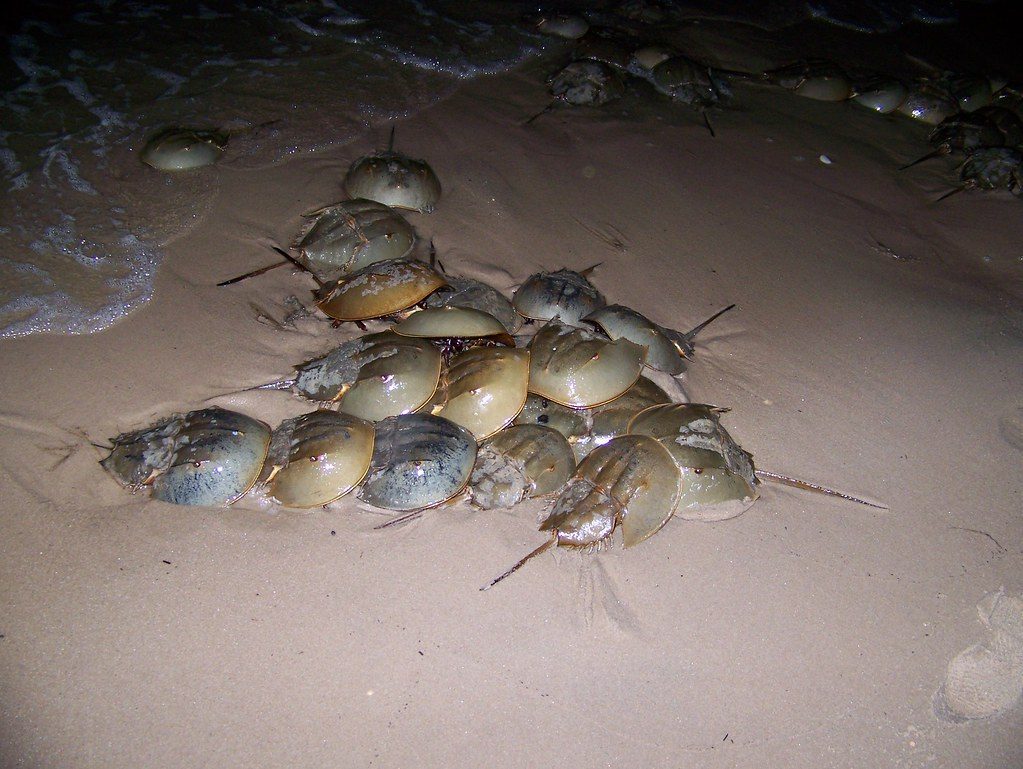
They are also the only surviving members of the Xiphosuran order. This has led to horseshoe crabs being called “living fossils.” They first appeared during the Early Triassic era, some 250 million years ago, and have barely changed since. Despite their name, horseshoe crabs aren’t true crustaceans. They are more closely related to spiders and scorpions.
These remarkable creatures have maintained their basic body plan for an astounding length of time. People don’t call horseshoe crabs ‘living fossils’ for no reason; these arthropods evolve much more slowly than other animals, so their current form is pretty much the same as it would’ve been millions of years ago. Their blood has even become medically invaluable, containing unique properties that help test medical equipment for bacterial contamination.
The horseshoe crab’s survival through multiple mass extinctions demonstrates the success of their ancient design. Their hard exoskeleton, simple yet effective feeding mechanisms, and ability to survive in various marine environments have kept them virtually unchanged since before the dinosaurs dominated the Earth.
What’s truly remarkable about these nine modern animals is how they’ve carried forward the genetic legacy of their ancient relatives through countless millions of years. From the mighty T-rex’s DNA living on in humble chickens to the prehistoric archosaur bloodline flowing through modern crocodilians, these creatures prove that dinosaurs never really disappeared – they just adapted and survived in forms we encounter every day.
Next time you see a bird outside your window or encounter any of these fascinating creatures, remember that you’re looking at living, breathing connections to Earth’s most incredible prehistoric era. The age of dinosaurs isn’t just ancient history locked in museum displays – it’s happening right now, all around you. What do you think about sharing your world with these secret dinosaur descendants?


